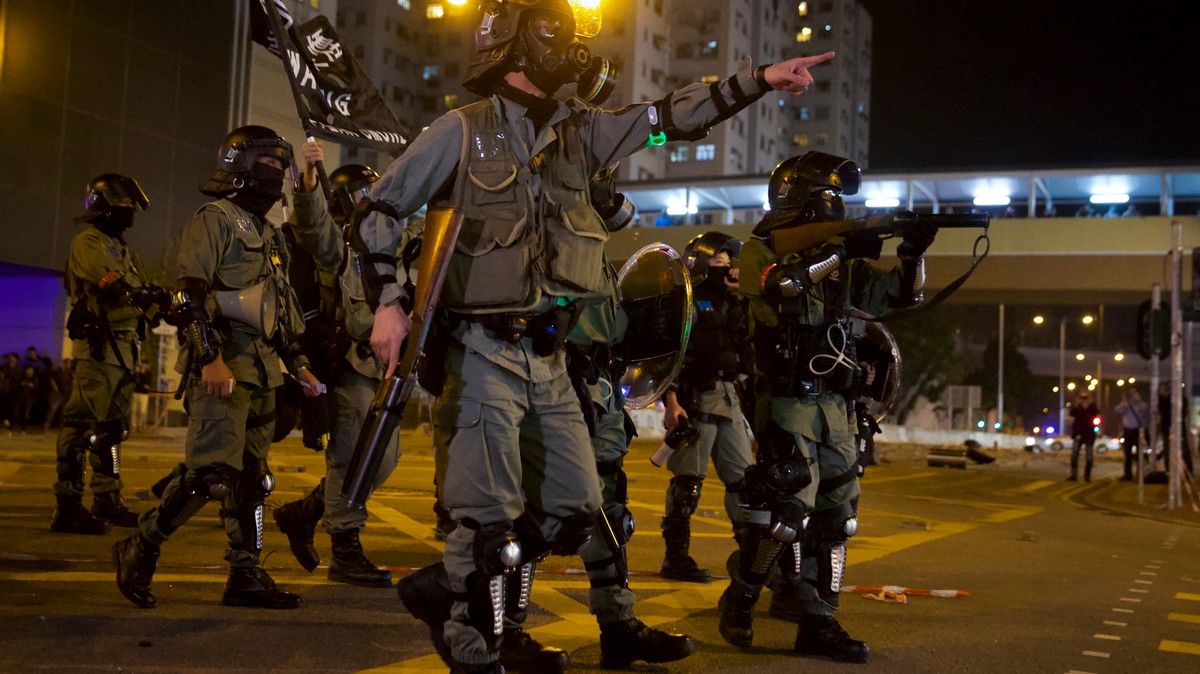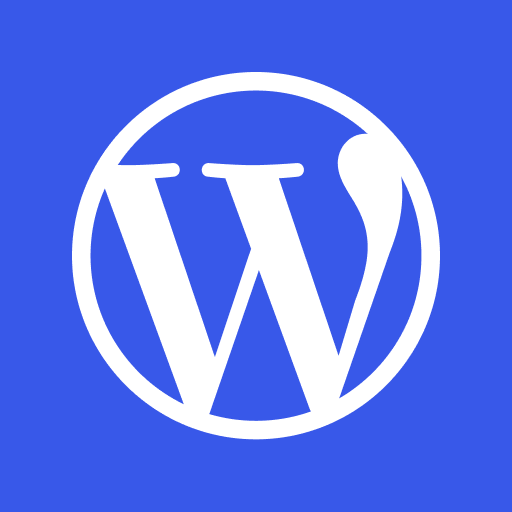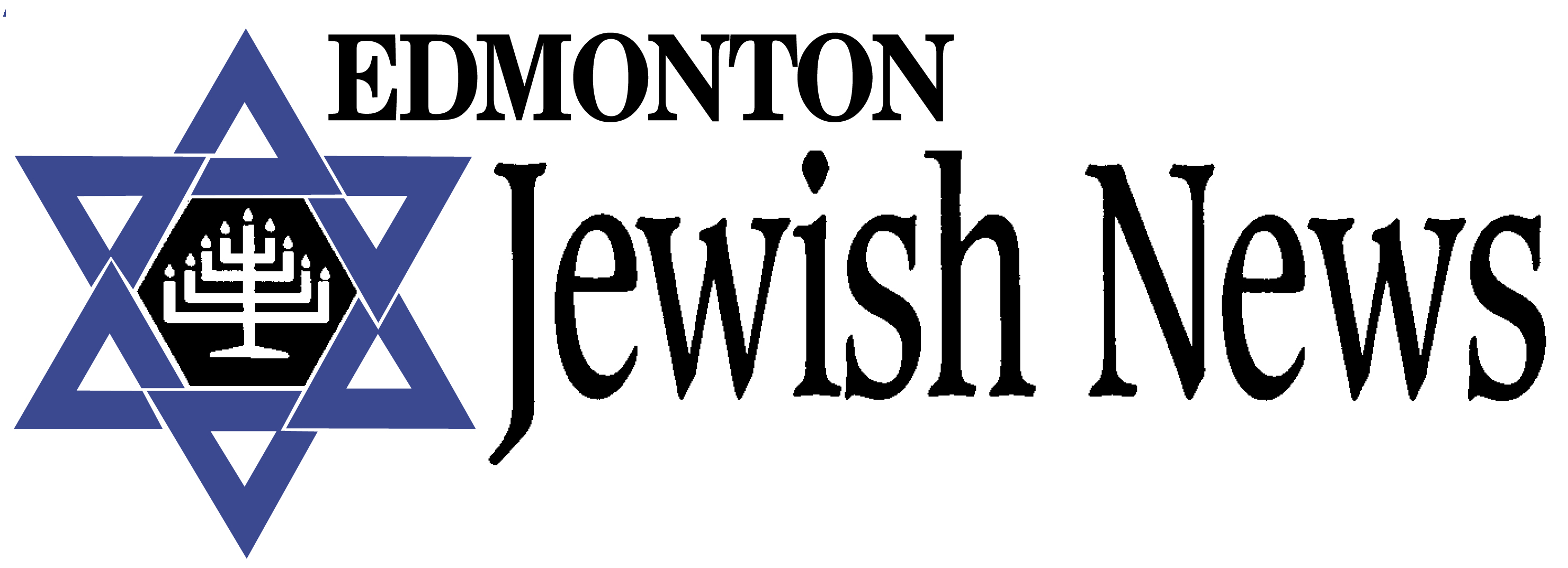another day down in the rabbit hole
Canada’s Nazi Monuments
Why does Canada have not one but several memorials to Nazi collaborators? And why, when statues are toppling all over the world, have Canadian Jewish groups remained silent?
By Lev Golinkin
By Lev Golinkin
“Graffiti on monument commemorating Nazi SS division being investigated as a hate crime by police.” Ordinarily, you’d assume a headline about Nazis as victims came from
The Onion (and indeed, they’ve been prescient on
this). But it’s 2020; we’re well down the rabbit hole of the American president who calls neo-Nazis “good people,” and this
all-too-real article is from the
Ottawa Citizen, a major Canadian newspaper. Indeed, the news that Canada has a monument commemorating Third Reich soldiers is just the outer layer of a nesting doll of progressively shocking facts.
First, Canada has not one but several memorials to Nazi collaborators. Second, even though Canada, like the United States, is in the midst of a reckoning about statues to monsters, the chances of Ottawa’s doing anything, even speaking out, on this are next to none. Finally, Canadian-Jewish organizations—people you might think have an interest in denouncing monuments celebrating butchers of Jews—have been distinctly silent about this. That’s both stunning and unsurprising.
The story of how a monument to Nazi collaborators ended up in Canada—a nation that
lost over 45,000 men fighting against the Nazis—is both dark and complex, involving geopolitics, historical revisionism, propaganda, anti-Semitism, and the quiet continuation of a war that for most people ended 75 years ago.
The story about Jewish organizations appeasing Holocaust distortion is far simpler. It’s a story about silence. And cowardice.
An “Unfortunate” Tribute to the SS
The monument in question is a cenotaph honoring members of the SS Galichina division of the Waffen-SS, the Nazi party’s military branch whose long list of war crimes includes the Holocaust. The pillar, which is located in a Ukrainian Cemetery in Oakville, Ontario, was vandalized with the words “Nazi war monument” sometime around June 21. Early in the investigation, the police classified the vandalism as a “hate crime,” meaning the SS members are the ones who were victims of hate here.
In response to David Pugliese of the
Ottawa Citizen, the Halton Regional police spokesman stated, “This incident occurred to a monument and the graffiti appeared to target an identifiable group.” The fact that the “identifiable group” in question is an SS division didn’t seem to matter.
After Pugliese’s article gained traction, the Halton Regional police department apologized, stating that the incident has been reclassified as simple vandalism. The police chief added an admirable tweet, saying, “The most unfortunate part of all this is that any such monument would exist in the first place.”
It is, indeed unfortunate, for the SS Galichina (also known as the 14th Waffen-SS Division) was an actual unit in the SS, deemed important enough to receive
a personal visit from Heinrich Himmler, Hitler’s second in command and one of the principal architects of the Holocaust.
During his speech to rally the Ukrainian SS troops,
Himmler waxed poetic about how much better-off Ukraine was with the Jews exterminated and mused about the fighters’ willingness to slaughter Poles. SS Galichina recruitment posters proudly featured Hitler; there’s no doubt about just who it is the Oakville memorial honors.
But the truly unfortunate thing is that Oakville’s monument is only
one of several glorifying Nazi collaborators and butchers of Jews scattered throughout Canada. Edmonton has a bust of Roman Shukhevych, who was in charge of a nationalist battalion serving as Nazi auxiliaries that later morphed into a German auxiliary police battalion. These units took part in lethal anti-Semitic violence and brutal counterinsurgency suppression. Shukhevych also commanded the Ukrainian Insurgent Army (UPA), which killed Jews and systematically massacred 70,000–100,000 Poles; the Oakville cemetery has a prominent UPA monument as well.
Who built them? The Nazi collaborators themselves, whom Canada took in with open arms.
Butchers Welcome
The most infamous case of Nazis launching successful postwar careers in the New World is
Operation Paperclip, when the US government secretly brought over Nazi scientists and engineers who helped pioneer America’s rocket program. But Operation Paperclip is known only because of its impact; the truth is, the United States and Canada took in thousands of concentration camp guards, SS fighters, and other Nazi collaborators from Ukraine and other nations such as Latvia, which had its own SS division, one it
honors today with parades.
Unlike the Jews they had tortured and murdered, these Holocaust perpetrators got to settle down, start families, work, live, and die in peace. Along the way, they rebranded themselves as “victims of Communism” and “freedom fighters” to whitewash their bloody pasts. Once in a while you hear about one of them—some of the
last remaining Nazis in the United States were Ukrainian—but most went on to live unmolested and free in North America.
There are several theories about why the US and Canadian governments welcomed these murderers. Some say it’s because they helped lead the fight against the USSR in the Cold War; indeed,
declassified CIA materials admit to it. Others point out they were used as strike-breakers to weaken the resistance of labor movements.
Underneath, though, is a much simpler explanation: American and Canadian elites let in Holocaust perpetrators for the same reason they denied asylum to Jewish refugees on the MS
St. Louis who desperately tried to escape the Holocaust only to be rejected at every port of call: anti-Semitism.
Enter Putin
In 2017, the awkwardness of being a country that simultaneously honors Canadians who died fighting for the Allies and Ukrainian units who fought for the Third Reich exploded into international headlines. The scandal was triggered by an interesting party: Moscow.
Vladimir Putin has made World War II remembrance a cornerstone of building patriotism and pride in Russia, commemorating the USSR’s enormous sacrifice with films and elaborate parades. Moscow’s focus on defeating the Nazis went into overdrive after the 2013–14 Ukrainian uprising. The new Kiev government had
its own neo-Nazi battalions and instituted an ultranationalist policy of officially honoring Shukhevych, the SS Galichina, and other Nazi lackeys and Holocaust perpetrators. These actions, which I and others
reported for The Nation, have been condemned by Israel and the US Holocaust Memorial Museum, among others.
Moscow seized on this to justify annexing Crimea and supporting separatists in Eastern Ukraine. To this day, the Kremlin propaganda machine delights in trolling the West about Ukraine and other nations’ whitewashing of Nazi collaborators; in addition to feeding the cult of WWII at home, the trolling is used to put Russia’s Western adversaries in an awkward spot.
Three years ago, the Kremlin decided to take the show on the road. The Russian embassy in Canada began gleefully tweeting about the Canadian monuments, including the SS Galichina memorial in Oakville. It’s safe to assume Moscow knew that this would create a wedge issue between Ottawa and Canada’s large Ukrainian diaspora.
But the Russian trolling backfired. Indeed, Moscow propaganda bemoaning Nazi whitewashing was a gift for the whitewashers, who began to attack anyone protesting the glorification of Nazi collaborators as carrying water for the Kremlin. Under anything approaching normal circumstances, the “You’re siding with Putin” logic wouldn’t have worked in a remedial middle school debate. It’s the ultimate straw man argument—the question of whether we should condemn those who honor Nazi butchers and engage in Holocaust distortion has nothing to do with Russia. The Kremlin, like most governments, routinely denounces things like terrorist attacks; does that make Americans who oppose terrorism Kremlin stooges?
But this didn’t happen under normal circumstances. It happened during the three-year orgy of Russiagate, when accusations of doing Putin’s bidding were hurled with abandon in the media. In this miasma, ultranationalist accusations became an extraordinarily effective weapon, deployed to smear anyone who dared speak out.
The Russia factor transformed a clear case of anti-Semitism into a debatable affair. Western outlets churned out insipid articles
framing the issue as a Russia story while allowing that perhaps those glorifying Holocaust perpetrators had valid points. A common argument is that Shukhevych and others were honored for fighting the Soviets, not slaughtering Jews. Osama bin Laden also fought against Moscow; should we erect statues celebrating his efforts?
The very media that rightfully denounced Trump for both-siding white supremacists ended up both-siding Holocaust distortion.
“A Threat to Democracy”
To understand just how serious (and career-threatening) the Russia charges were, consider that over the past couple of years, we’ve witnessed an
explosion of anti-Semitism, including Holocaust distortion/denial. Yet the only reason you’re reading about Canada designating Nazi collaborators “hate crime” victims is because of three people: the
Ottawa Citizen’s Pugliese, fellow journalist Scott Taylor, and American blogger Moss Robeson, who’ve hammered away at the issue in the media and on Twitter.
Pugliese and Taylor weighed in on the glorification of Ukrainian and Latvian Nazi collaborators before and were attacked for it at international levels. The Ukrainian embassy in Canada accused Pugliese of writing “Kremlin-style propaganda,” while the Latvian foreign ministry labeled his articles a “threat to democracy.” Meanwhile, the Latvian ambassador to Canada accused Taylor of swallowing Russian propaganda.
Nor is this limited to the media. In 2012, Swedish postdoctoral fellow Per Anders Rudling, who bravely chronicled the whitewashing of Shukhevych and others, was
subjected to a brutal campaign designed to discredit his academic career.
Despite their different professions and nationalities, Pugliese, Taylor, Robeson, and Rudling have one thing in common: None of them run websites with prominently placed donation buttons asking for money to fight anti-Semitism. Canadian-Jewish organizations, on the other hand, have those buttons. This takes us to the final sordid part of this story—appeasement by Jewish groups.
The two major Jewish-Canadian advocacy groups are the Centre for Israeli and Jewish Affairs (CIJA) and B’nai Brith Canada. Despite Canada’s Nazi collaborator monuments’ having been in the news for three years, the CIJA’s press release section doesn’t contain a single item on the issue. (CIJA’s press office did not respond to a request for any pertinent press releases.) That’s despite CIJA’s numerous denunciations of other anti-Semitic incidents.
B’nai Brith’s behavior has been even stranger. In 2017, B’nai Brith official Aidan Fishman
parroted ultranationalist talking points about how the real story was Russian propaganda, not Canada’s honoring the SS. Fishman later doubled down, claiming “the intent of these monuments is not to stir up hatred or glorify crimes against Jews.”
B’nai Brith later condemned the “glorification of Nazis” in Europe, not the more inconvenient commemorations at home. At the same time, it was vocal about Shukhevych’s crimes and supported an effort to strip another Ukrainian war criminal of Canadian citizenship.
When it comes to the recent uproar over the Oakville monument, B’nai Brith appears to have split the difference between defending and condemning Nazi collaborators, initially electing to remain silent. However, in response to an inquiry from
The Nation, the group said, “There is no place for monuments in our society that glorify military units, political organizations or individuals who collaborated with the Nazis in World War II. B’nai Brith Canada calls for such monuments to be removed and for comprehensive education efforts to accurately portray the historical record of those individuals and organizations involved.” The only major Jewish organization to
forthrightly address the current scandal is the Simon Wiesenthal Center.
Unfortunately, this isn’t surprising. As I and others have
noted, Jewish groups appear to be following Benjamin Netanyahu’s lead. Netanyahu has turned a blind eye to horrific Holocaust denial/distortion in Eastern Europe, including Poland, Lithuania, and Hungary,
in exchange for favorable UN votes. Perhaps that’s the case here.
Either way, motivations don’t much matter. The sentence, “We are choosing to remain silent on Holocaust distortion because…” doesn’t have a morally justifiable ending—especially when you’re raising money to fight anti-Semitism.
Those who fought in WWII and Jews caught in the horrors of the Holocaust were faced with terrifying demands: charging the beaches of Normandy, surviving unspeakable conditions, carrying out real resistance behind enemy lines. We are given much simpler tasks. We’re merely asked to speak up for the memory of dead Jews and Allied soldiers. Unfortunately, so far we have failed, which is why Canada’s Nazi monuments continue to stand tall.
https://www.thenation.com/article/world/canada-nazi-monuments-antisemitism/














